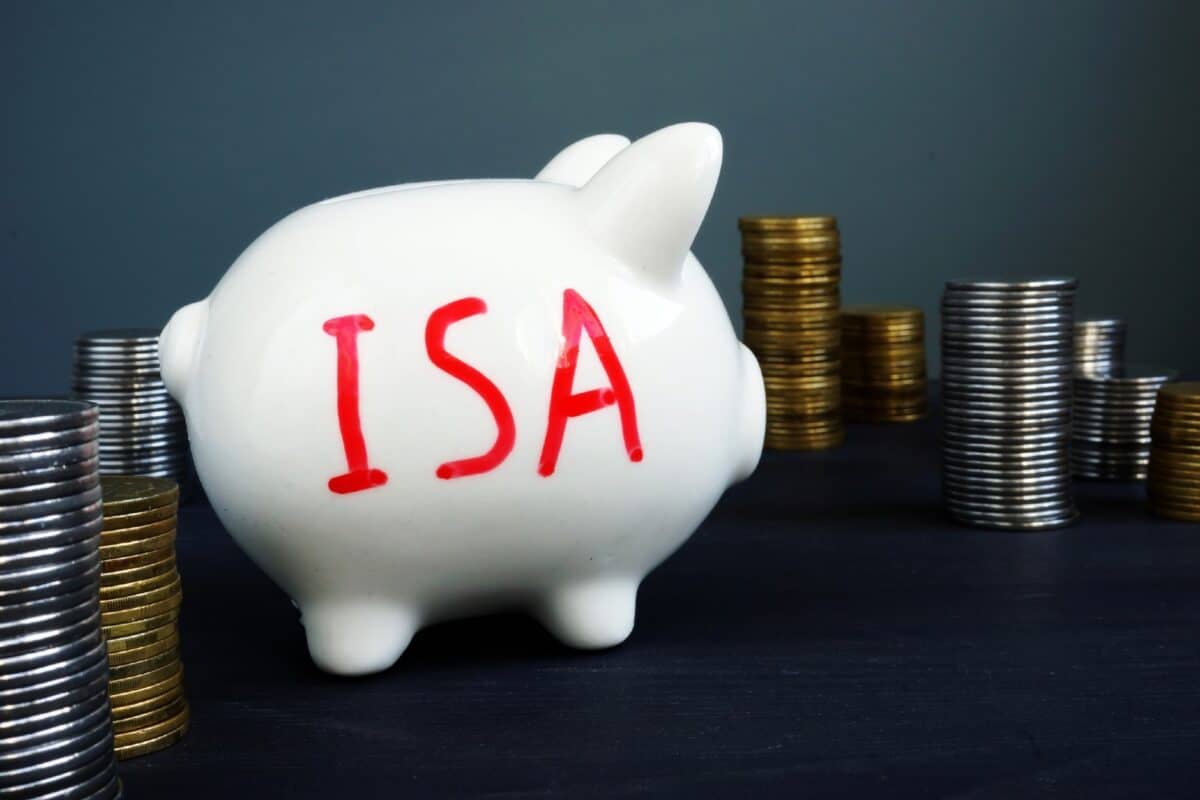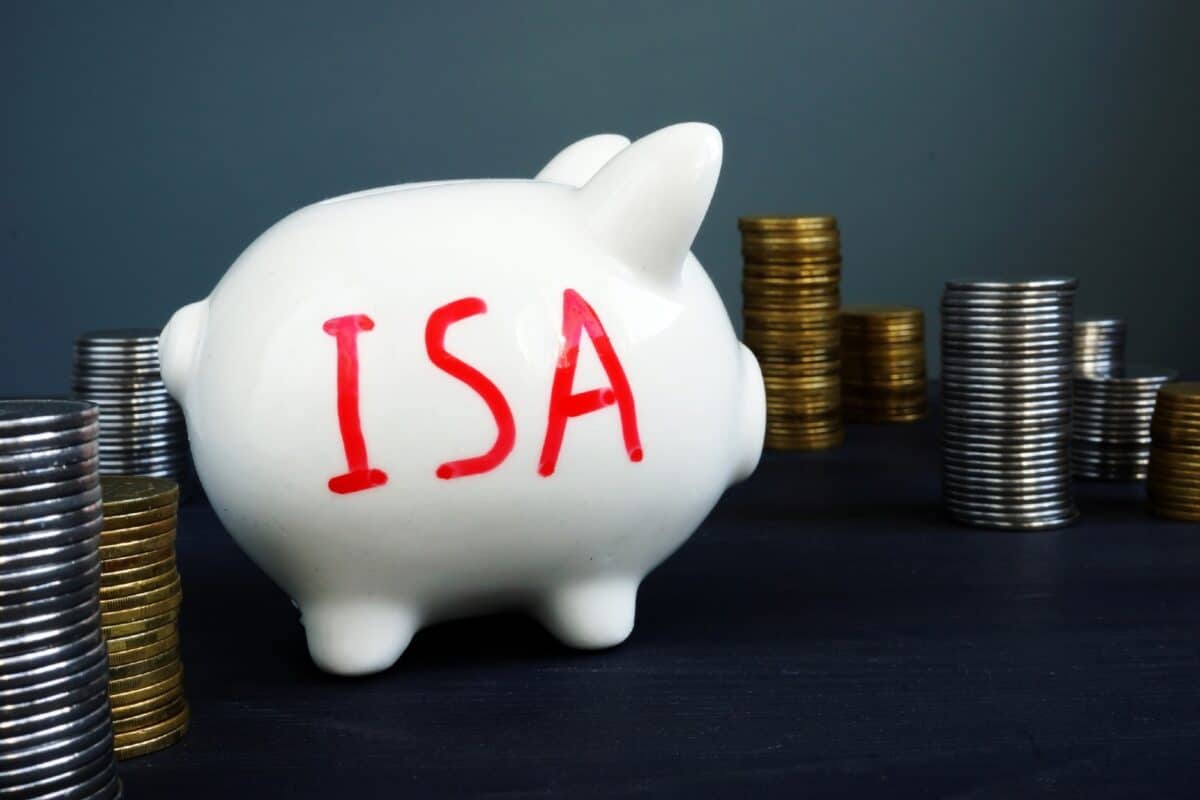
Image source: Getty Images
Rather than setting up a side hustle to try and generate a second income, some people take the approach of making money from a business that is already well-established – and that they do not have to do any work for. Stuffing a Stocks and Shares ISA full of dividend shares in blue-chip FTSE 100 firms is one way to do that.
It can be quite lucrative too. Here is how a £20k ISA could earn £1,400 in passive income annually.
Setting a passive income target
The £1,400 number is easy to figure out. It is based on an average dividend yield of 7%.
Dividend yield is the amount an investor receives in dividends each year from some shares, expressed as a percentage of what they paid for them.
Seven percent is almost double the current FTSE 100 average yield. But I think it is achievable in today’s market while sticking to carefully-chosen blue-chip shares.
How dividends work
Dividends are never guaranteed – even if a company has paid them in the past, it can stop doing so at any moment. So it is important to choose carefully when selecting what shares to buy.
As well as that, an investor can reduce risk by diversifying across different shares. Twenty grand is ample for that.
Hunting for shares to buy
Given that no dividend is guaranteed, how might investors go about finding shares to buy for their ISA?
To pay dividends over the long run, a business needs to generate more free cash flow than it requires for its business. So when passive income is my goal, I tend to look for a proven business with high cash generation capability and limited investment needs to grow or even maintain the business.
One dividend share I think investors should consider is FTSE 100 insurer Aviva (LSE: AV). It was already the country’s largest insurer even before last week’s completion of its takeover of rival Direct Line.
That ought to add still more economies of scale to the business, as well as a famous brand. But I see a risk that integrating Direct Line could distract management attention from other tasks to keep the core business humming.
Insurance is pretty straightforward in principle, but the devil is in the details. Aviva has deep underwriting experience and is focused on general insurance lines in markets it understands well. From a risk management perspective, that appeals to me.
I also see appeal in the dividend yield. Aviva has been growing its dividend per share annually of late and currently yields 5.8%.
Choosing the right ISA
Striking the right balance between reward and risk is important.
Something else that affects the return an investor can make is how much of their dividend income gets swallowed up in fees, commissions, taxes and other charges.
Each investor has their own financial priorities. So it makes sense to spend time comparing different Stocks and Shares ISAs on the market when deciding which one seems most suited to their individual needs.









